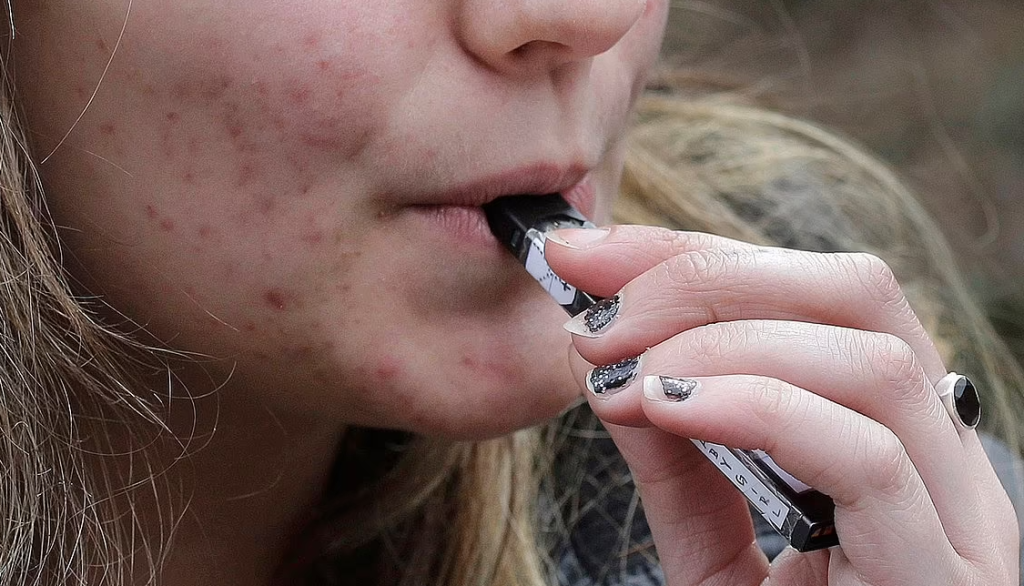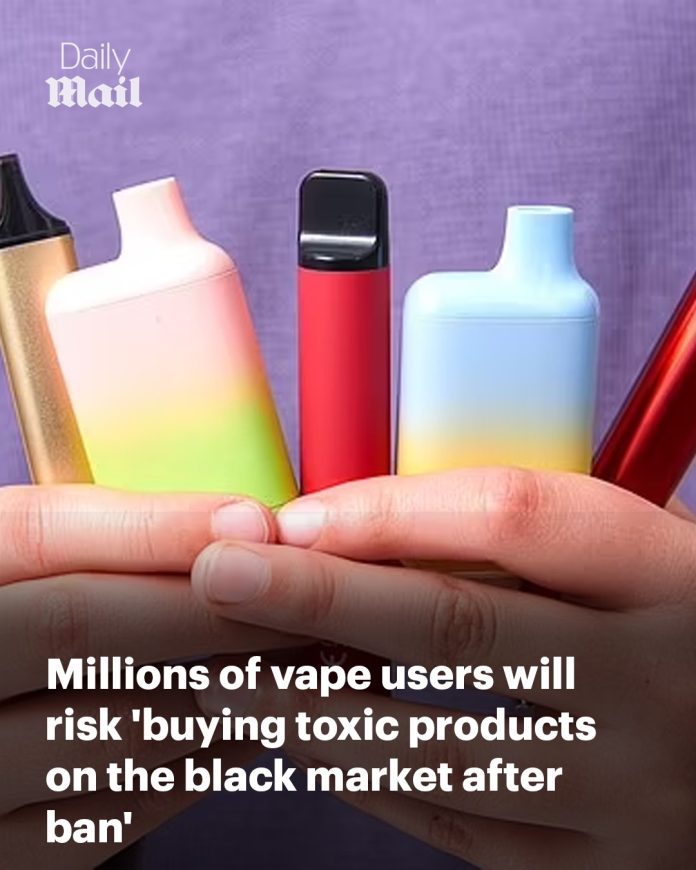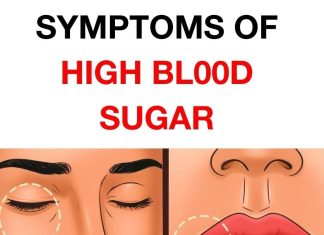The vaping industry has witnessed a significant surge in black-market products, posing severe health risks to consumers. As regulations tighten and demand persists, many users are inadvertently turning to illicit sources, exposing themselves to potentially toxic substances.
The Rise of Black-Market Vapes
Recent investigations have unveiled a thriving illegal vape market, especially in regions like Melbourne, Australia. Criminal gangs are capitalizing on the demand by selling advanced vaping devices that not only offer high puff capacities but also integrate sophisticated technologies such as Bluetooth connectivity and touch screens. These devices can sync with smartphones, play music, take calls, and display images, making them particularly appealing to younger demographics. Alarmingly, these products are often sold discreetly in local shops, bypassing regulatory oversight.

Health Risks Associated with Illicit Vapes
The primary concern with black-market vapes is the absence of quality control. Unregulated e-liquids may contain harmful chemicals, including pesticides and dangerous levels of heavy metals like lead, nickel, and chromium. Exposure to these substances can lead to severe health issues, including lung damage, neurological problems, and an increased risk of cancer.
Furthermore, the nicotine content in these illicit products is often unregulated, leading to higher addiction potential and adverse health effects. Some black-market vapes have been found to contain nicotine levels exceeding legal limits, posing additional risks to users.
The EVALI Outbreak: A Case Study
The dangers of black-market vaping products were starkly highlighted during the 2019–2020 outbreak of e-cigarette or vaping product use-associated lung injury (EVALI) in the United States. This outbreak resulted in over 2,800 hospitalizations and 68 confirmed deaths. Investigations linked the majority of these cases to illicit THC-containing vaping products, many of which contained vitamin E acetate—a substance strongly associated with lung injuries.
Economic Factors Driving Black-Market Purchases
Cost is a significant factor driving consumers toward black-market vape products. Surveys indicate that the lower prices of these illicit products make them attractive, especially to younger users and those with limited financial resources. However, the apparent savings come at the expense of safety and quality.
The Role of Social Media in Illicit Sales
Black-market merchants have exploited social media platforms to promote and sell illegal vaping products. In some instances, these platforms have been used to redirect customers to channels selling not only illicit vapes but also serious drugs like methamphetamine, heroin, and cocaine. This alarming trend underscores the need for stricter monitoring and regulation of online marketplaces.
Regulatory Challenges and Enforcement
Enforcing regulations against black-market vapes presents significant challenges. In the UK, for example, over 1.2 million illegal vapes were seized across various regions within a year. Kent emerged as a hotspot, with authorities confiscating over 431,000 illicit e-cigarettes. These unregulated devices often contain harmful chemicals and excessively high levels of nicotine, complicating public health efforts to promote vaping as a safer alternative to smoking.

Public Health Recommendations
Given the risks associated with black-market vaping products, public health authorities recommend:
- Avoiding Unregulated Products: Consumers should refrain from purchasing vaping products from unverified sources, including online marketplaces and unauthorized retailers.
- Seeking Legal Alternatives: Utilize products that have received marketing authorization from regulatory bodies. In the U.S., for instance, only a limited number of e-cigarette products have been granted marketing orders by the FDA.
- Staying Informed: Users should stay updated on the latest research and public health advisories related to vaping products.
- Reporting Suspicious Products: Individuals are encouraged to report any suspicious or counterfeit vaping products to local authorities to aid in enforcement efforts.
Conclusion
While vaping has been promoted as a less harmful alternative to traditional smoking, the proliferation of black-market products poses significant health risks. Consumers must exercise caution, prioritize safety over cost, and adhere to public health guidelines to mitigate potential harms associated with illicit vaping products.

















